Fire Clouds
About Fire Clouds
Fire clouds are a product of the firing process. They are generally random darkenings of a piece where it was touched by a wayward plume of smoke and the clay absorbed some of the carbon in it. Conversely, in an oxygen-reduction atmosphere (which is how Tewa potters turn their otherwise red pieces black), surfaces randomly exposed to open air don't turn as black while surfaces protected from exposure to the oxygen-reduction atmosphere turn red. In some pueblos, the appearance of fire clouds is a testament to the lack of experience of the potter. In others it's a testament to the greater experience of the potter.
Dineh potters often stack their firewood in ways to generate fire clouds on their brown clay as that may be the only decoration on the piece.
Fire clouds on Hopi pottery are usually seen as a darker blush on an otherwise yellow piece. That is a result of their yellower clay and their use of cedar bark and sheep manure for firing. Franklin Tenorio of Santo Domingo also often used cedar bark to fire his pieces but he liked to make his surfaces look smudged and smoky by partially blocking the air flows around his fires. In contrast, his cousin Thomas Tenorio prefers to fire his pieces inside a metal container that denies any entrance to fire-cloud generating smoke or atmosphere.
Potters who work with micaceous pottery also work with fire clouds. When firing in a free-oxygen atmosphere, fire clouds may be the only decoration on a piece. When firing in an oxygen-reduction atmosphere to produce a black piece, "fire clouds" are any lighter areas left on the surface after the firing is complete.
Showing 1–12 of 27 results
-
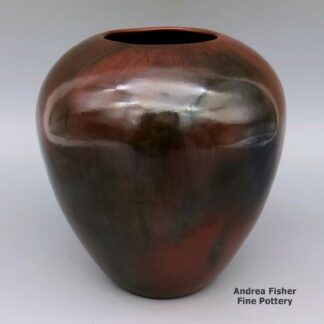
Alice Cling, cmnv2k210, Polished brown jar with fire clouds
$550.00 Add to cart -

Alice Cling, cmnv2k211, Brown jar with a carved biyo
$425.00 Add to cart -
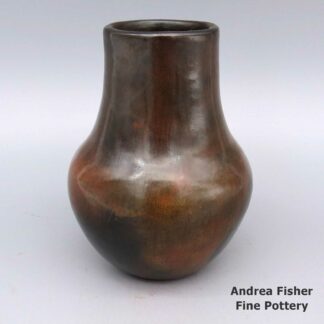
Alice Cling, zznv2g017, Red-brown jar with fire clouds
$250.00 Add to cart -
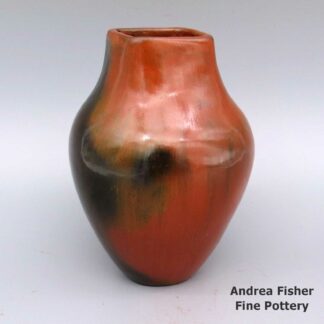
Alice Cling, zznv2g018, Brown jar with square opening
$295.00 Add to cart -

Alice Cling, zznv2g020m1, Brown jar with fire clouds
$295.00 Add to cart -
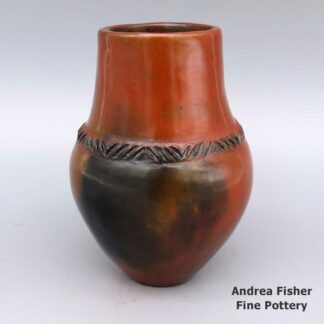
Alice Cling, zznv2g022, Brown jar with biyo and fire clouds
$275.00 Add to cart -

Alice Cling, zznv2g026, Brown jar with textured neck and fire clouds
$205.00 Add to cart -
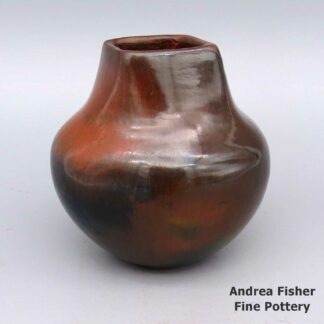
Alice Cling, zznv2g027m1, Brown-red jar with fire clouds
$175.00 Add to cart -

Alice Cling, zznv2g028m1, Brown jar with fire clouds
$350.00 Add to cart -
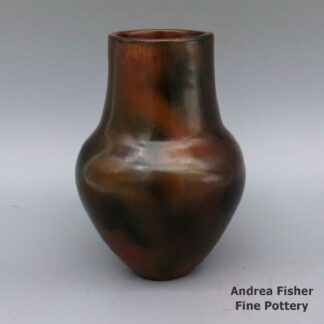
Alice Cling, zznv2g028m2, Brown jar with fire clouds
$350.00 Add to cart -
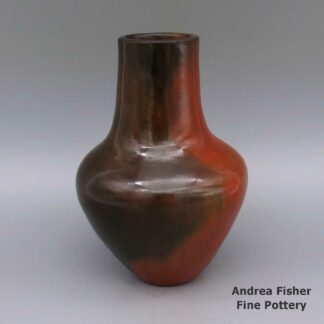
Alice Cling, zznv2g029m1, Brown jar with fire clouds
$450.00 Add to cart -
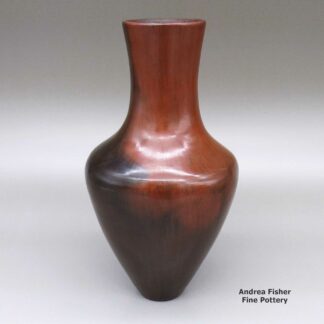
Alice Cling, zznv3b552, Red jar with fire clouds
$650.00 Add to cart
Showing 1–12 of 27 results